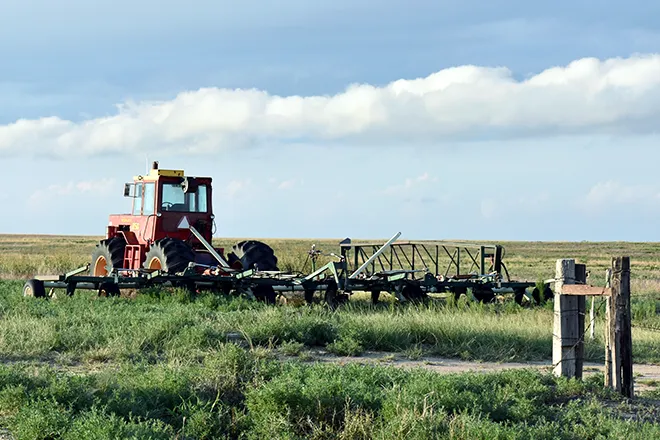
Destruction of 780,000-round chemical stockpile at Pueblo completed
A stockpile of obsolete chemical weapons stored at the U.S. Army Pueblo Chemical Depot (PCD) since the 1950s has been safely eliminated.
The final round of the stockpile was safely destroyed June 22, said Walton Levi, site project manager, Pueblo Chemical Agent-Destruction Pilot Plant.
Plant workers destroyed more than 780,000 mustard agent-filled projectiles and mortar rounds through three munitions destruction campaigns. A campaign refers to destruction of a particular type of chemical weapon. Destruction operations in Colorado began in March 2015, with more than 2,613 U.S. tons of chemical agent destroyed. One other chemical weapons stockpile site remains in Kentucky and is expected to finish destruction operations later this year.
The Colorado depot originally stored three kinds of mustard agent-filled weapons: 155mm and 105mm projectiles and 4.2-inch mortar rounds. Three different technologies were used to destroy the stockpile. The projectiles and a portion of the 4.2-inch mortar rounds were destroyed in the main plant under the supervision of trained operators using automated technology. The mustard agent was neutralized and the resulting product, known as hydrolysate, was broken down into salt, water and organics using living microbes in a biotreatment process.
Projectiles deemed unsuitable for automated processing and the remaining mortar rounds were destroyed by Static Detonation Chambers. Earlier, 951 problematic munitions were destroyed using an Explosive Destruction System between 2015 and 2018.
The accomplishment has been reported to the Organisation for the Prohibition of Chemical Weapons, an intergovernmental organization that implements the Chemical Weapons Convention treaty. The Program Executive Office, Assembled Chemical Weapons Alternatives is responsible for eliminating the U.S. chemical weapons stockpile by the treaty commitment date of September 30, 2023.
Now that the entire stockpile in Colorado has been destroyed, PCAPP will close. The closure phase, which will continue for three to four years, encompasses the disposal of all secondary wastes, decontamination and decommissioning of facilities and equipment, disposition of property, demolition of certain facilities, and closure of government contracts and environmental permits in accordance with laws and regulations. During closure, the safety of the workforce, public and environment will remain the project’s top priority. PCD is on the Base Realignment and Closure list and is being transferred to a local reuse authority, PuebloPlex.
The U.S. chemical weapons stockpile sites in Colorado and at the Blue Grass Army Depot in Kentucky accounted for the last 10 percent of what was originally a national stockpile of more than 30,000 tons of chemical weapons. The U.S. Army Chemical Materials Activity (then designated an Agency) destroyed the initial 90 percent, which was stored at seven other sites across the U.S. and on Johnston Atoll in the Pacific. Chemical weapons destruction in Kentucky began in 2019 and is on target to meet the treaty commitment date.

















